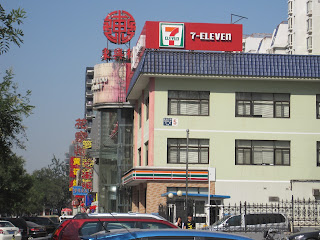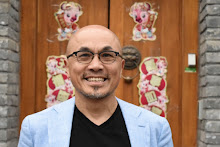On October 18, I visited Women's Watch China to speak with its director, Wang Xiaobei, about their work, women's activism and the state of women in China. Women's Watch shares office space with the well-known NGO, Peking University Women's Law Studies and Legal Aid Center (hereafter "the Center"). (For some background on the Center and on NGOs dealing with women's issues in China, see my other blog, Women in Asia, www.womeninasia.blogspot.com) The latter NGO was in the news recently because Peking University recently made a decision to cut ties with that NGO on the grounds that the Center wasn't really part of Peking University, did not use any Peking University faculty or staff and was not part of any Peking University programs. The Center claims that ties were cut for political reasons, because the Center takes on sensitive cases and Peking University was being pressured by government authorities to cut its ties. I discuss this issue in more depth in my other blog, NGOs in China, http://ngochina.blogspot.com/2010/04/peking-university-womens-legal-aid.html.
The Center has now registered under a dual identity and goes under two names: Beijing Zongze Women's Legal Counseling and Service Center, and Beijing Qianqian Law Firm. Women's Watch China is an organization that is "attached" to this Center, which means that it is not registered separately as a NGO, but is regarded as an affiliate of the Center. The Center, in other words, is incubating Women's Watch China until it can register as an independent NGO. In part 2 of our podcast, Wang Xiaobei talks about the difficulty of registering their NGO.
The Center's office is located in a nondescript apartment building in the northeast part of Beijing. For political and financial reasons, many Chinese NGOs are based in residential buildings, working out of apartments, and do not have much of a public presence. They are sort of hidden away. The political reason is that Chinese NGOs sometimes do sensitive work or are not registered legally because of the difficulty of registering as a NGO, and so avoid attracting attention. The financial reason is that Chinese NGOs are often short of funding and lack the money to rent out space in office buildings.

You can see though that the Center has not yet changed their name on the plaque outside their office.
When I went to the Center, I was welcomed by Wang Xiaobei whose title is General Secretary of Women's Watch China which is similar to being the Executive Director. We sat in the main room (what would be the living room in this apartment) where they hold meetings, so every so often you hear one of the staff members walking through the room to get to their offices which are located in the 3 bedrooms.

























